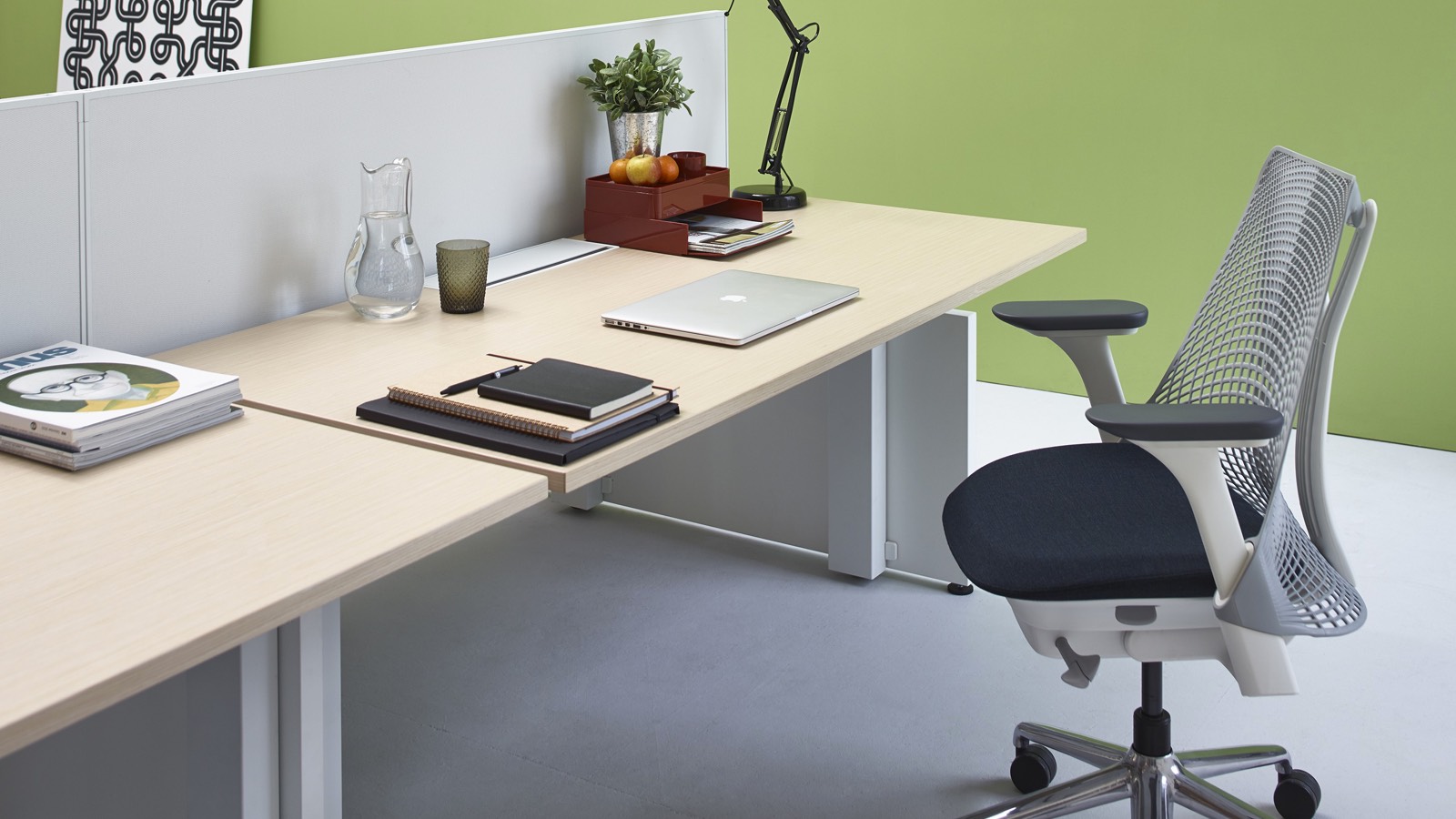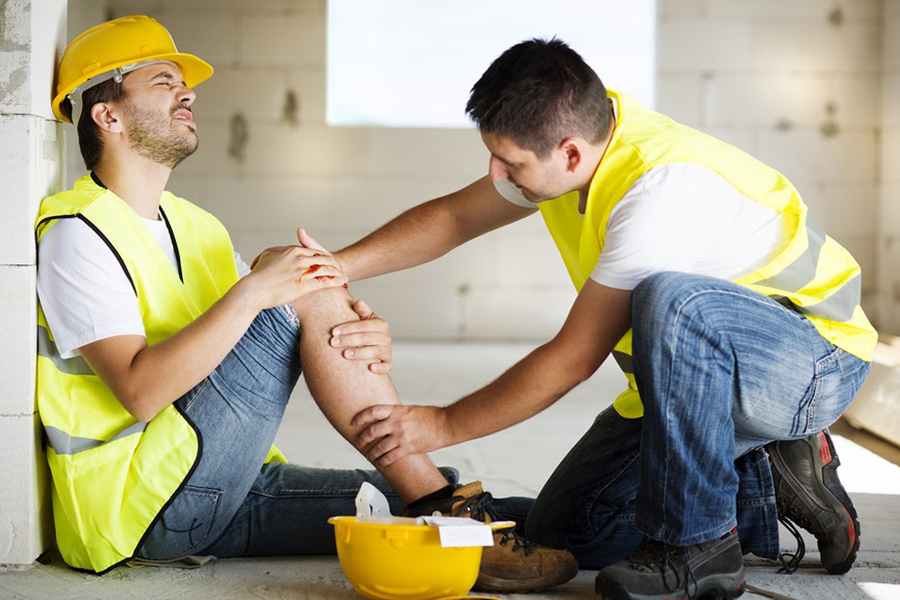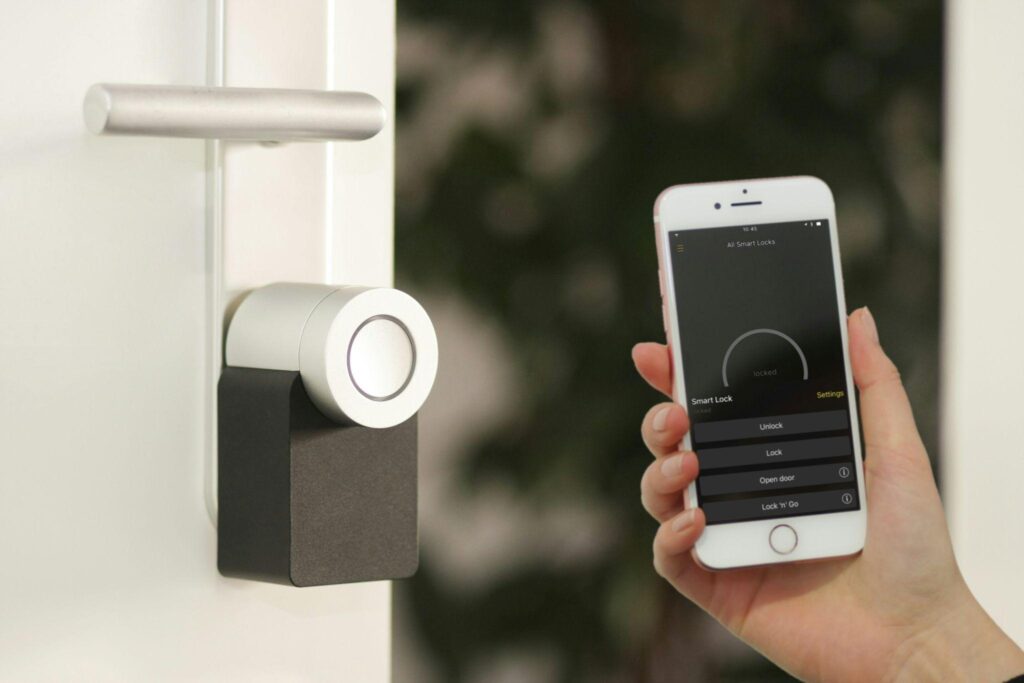Working in an office ordinarily includes investing a lot of energy sitting in an office seat – a place that adds pressure to the designs in the spine. Accordingly, to try not to create or compounding back issues, it’s critical to have an office chair that is ergonomic and that upholds the lower back and advances great stance.
Peruse Ten Tips for Improving in an office ordinarily includes investing a lot of energy sitting in an office seat – a place that adds pressure to the designs in the spine. Accordingly, to try not to create or compounding back issues, it’s critical to have an office seat that is ergonomic and that upholds the lower back and advances great stance.
What Kind of Ergonomic Office Chair is Best?
There are many sorts of ergonomic seats accessible for use in the workplace. Nobody kind of office seat is fundamentally awesome, yet there are a few things that are vital to search for in a decent ergonomic office seat. These things will permit the singular client to make the seat function admirably for their particular requirements.
This article will look at the customary office seat, also as choices that can be utilized as an office seat that might be ideal for certain individuals with back issues.
What Features Should a Good Ergonomic Office Chair Possess?
In first considering the “regular” style of office seat, there are various things an ergonomic seat ought to have, including:
Seat level.
Office seat level ought to be effectively movable. A pneumatic change switch is the simplest method for doing this. An Office chair level that reaches from around 16 to 21 creeps off the floor ought to work for the vast majority. This permits the client to have their feet level on the floor, with thighs flat and arms even with the level of the work area.
Seat width and profundity.
The seat ought to have sufficient width and profundity to easily uphold any client. Normally 17-20 inches wide is the norm. The profundity (from front to back of the seat) should be enough so the client can sit with their back against the backrest of the ergonomic office seat while passing on around 2 to 4 creeps between the rear of the knees and the seat of the seat. The forward or in reverse slant of the seat ought to be flexible.
Lumbar help.
Lower back help in an ergonomic seat is essential.The lumbar spine has an internal bend, and sitting for significant stretches without help for this bend will in general prompt slumping (which levels everything out) and strains the designs in the lower spine. An ergonomic seat ought to have a lumbar change (both level and profundity) so every client can get the legitimate fit to help the internal bend of the lower back.
Backrest.
The backrest of an ergonomic office chair should be 12 to 19 inches wide.. Assuming that the backrest is isolated from the seat, it ought to be customizable in level and point. It ought to have the option to help the regular bend of the spine, again with unique consideration paid to legitimate help of the lumbar area. Assuming the workplace seat has the seat and backrest together as one piece, the backrest ought to be flexible in forward and back points, with a locking instrument to get it from going exorbitantly far in turn around once the client has chosen the appropriate point.
Seat material.
The material on the workplace seat and back ought to have sufficient cushioning to be agreeable to sit on for broadened timeframes. Having a material texture that inhales is desirable over a harder surface.
Armrests.
Office seat armrests ought to be flexible. They ought to permit the client’s arms to rest serenely and shoulders to be loose. The elbows and lower arms ought to rest delicately, and the lower arm ought not be on the armrest while composing.
Turn.
Any regular style or Office chair ought to handily pivot so the client can arrive at various regions of their work area without stressing.
As an option in contrast to the more conventional office seat, recent trends of ergonomic seats have been intended to attempt to make great help, solace, and advance great stance. These seats might take a little becoming acclimated to, however normally become entirely agreeable over the long haul. Utilization of these kinds of ergonomic seats can be extremely gainful for certain individuals with lower back torment or uneasiness.
Bowing Ergonomic Seat
The bowing seat is an office seat that has no back, and places the client in an adjusted stooping position. The plan supports great stance by sliding the hips forward and adjusting the back, shoulders, and neck. Essential help is from the seat of the seat, with extra help coming from the shins. This kind of office chair circulates the load between the pelvis and the knees, which lessens spinal pressure, and consequently decreases the pressure and strain in the lower back and leg muscles. This ergonomic seat has a forward inclining seat that prompts a more regular situation for the spine. The outcome is an office seat that causes sitting in the legitimate situation to feel great and easy.
Saddle Ergonomic Seat
The seat is one more ergonomic chair that can be utilized as a work area seat or PC seat. This sort of office chair is like a pony’s chair and sets the client in a position somewhere close to sitting and standing, like the position utilized while riding a pony. This permits the legs to drop normally, and augment, making a sound and stable position. This position is frequently helpful for patients with lower back issues. With long haul use it might fortify the back muscles. These ergonomic seats have a flexible level to be proper for various clients. The plan is expected to wipe out a portion of the normal issues experienced with a conventional office seat like course framework issues and slumping forward.




